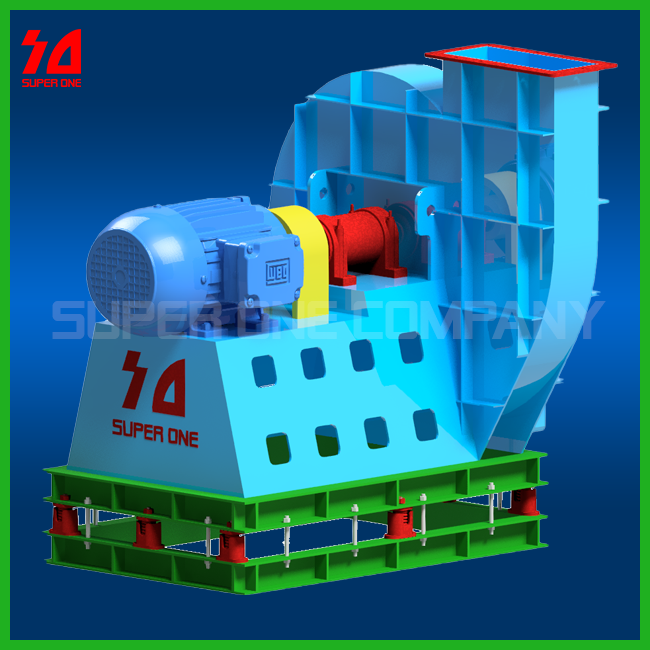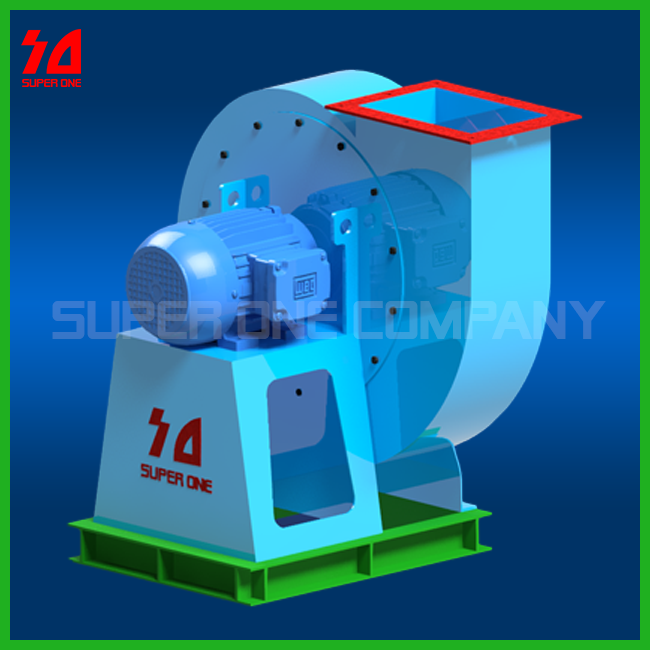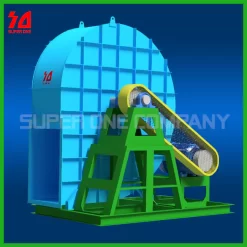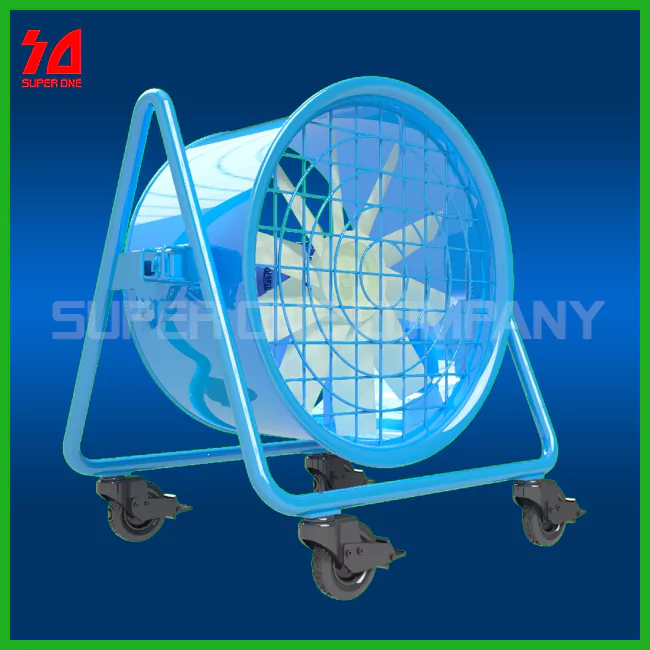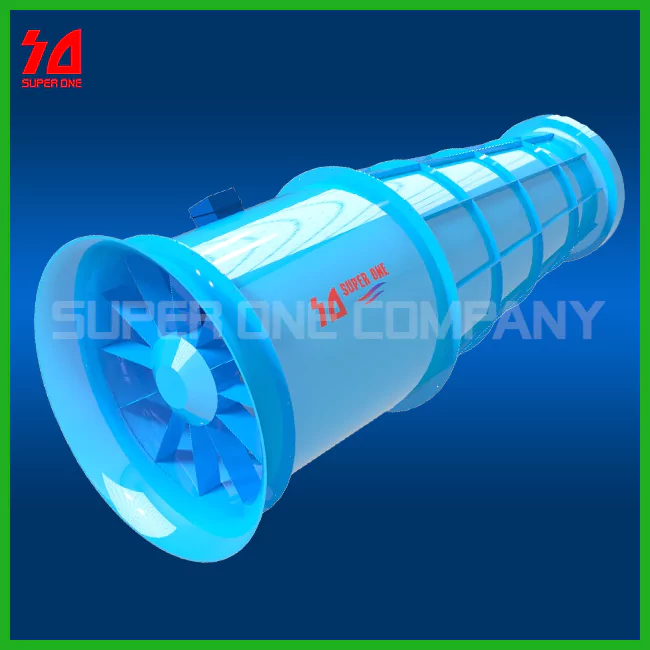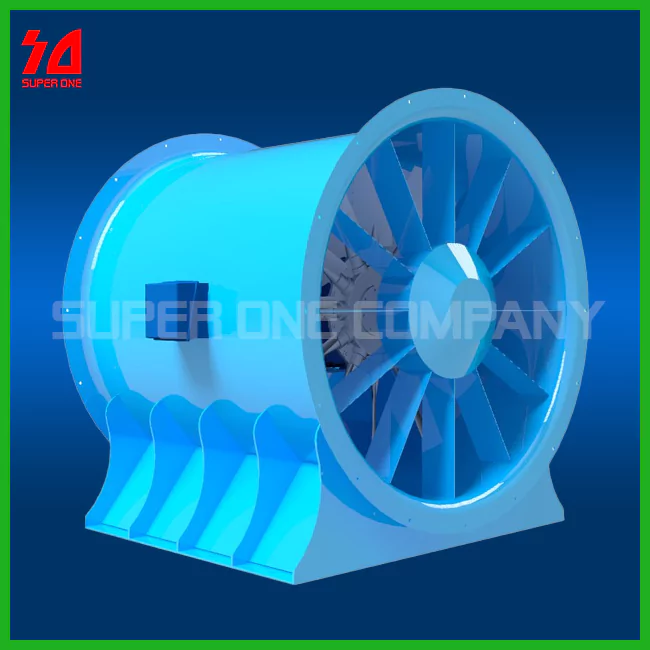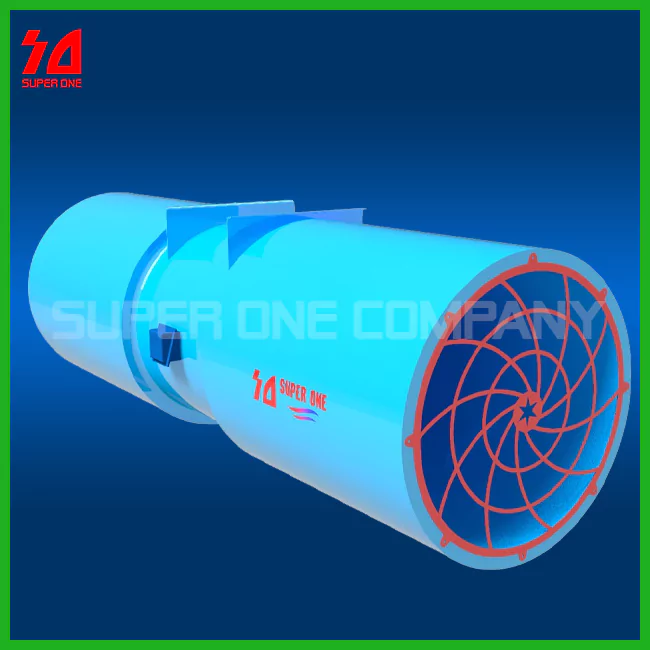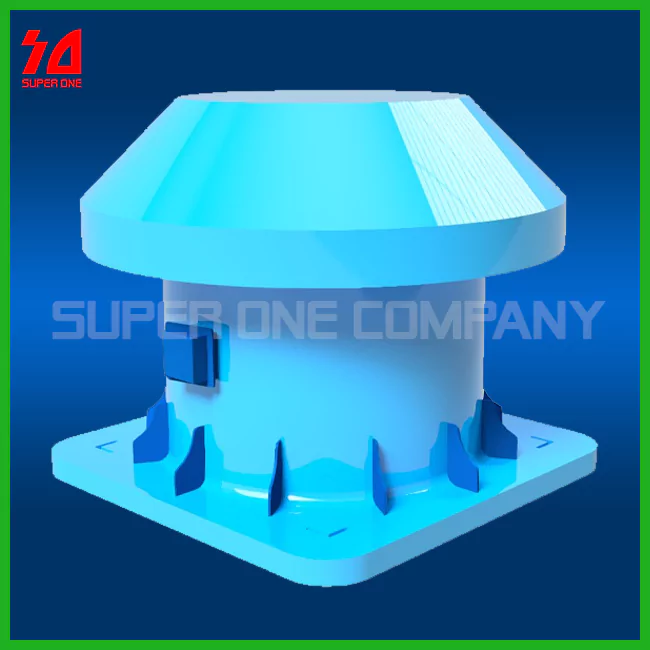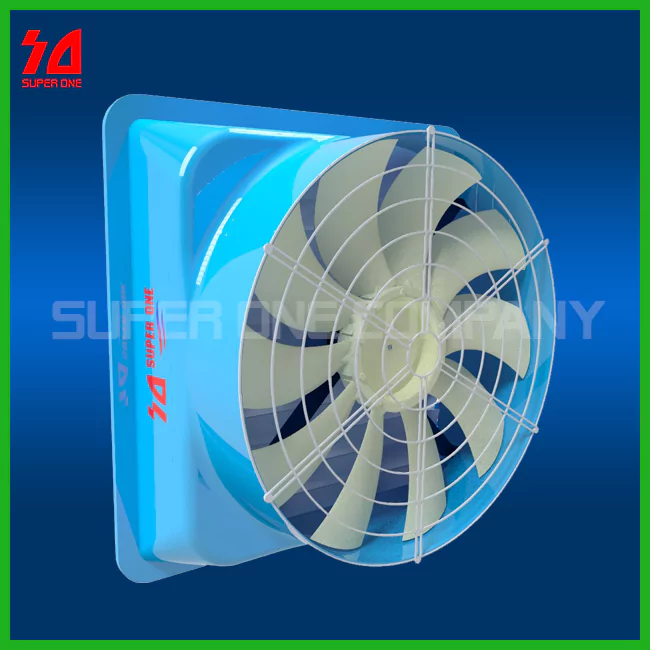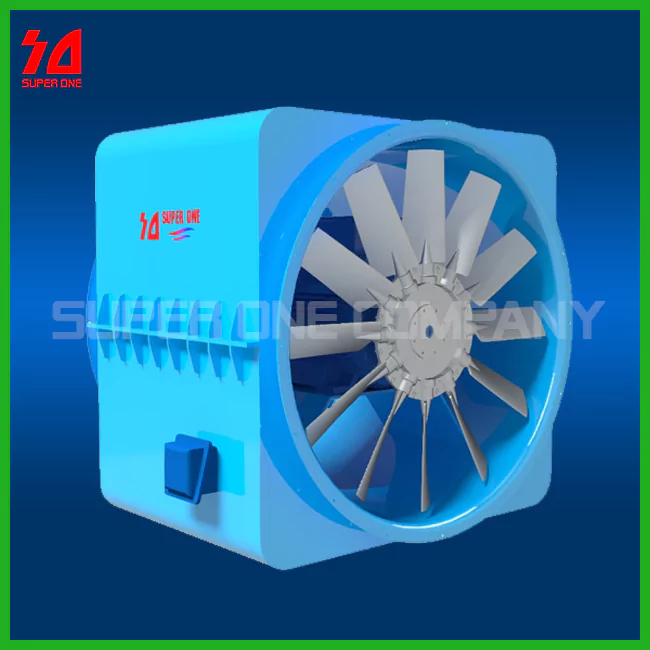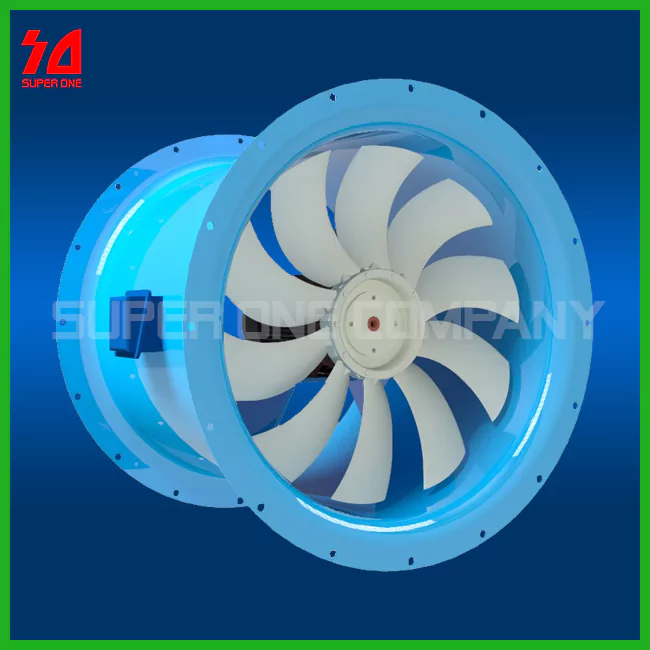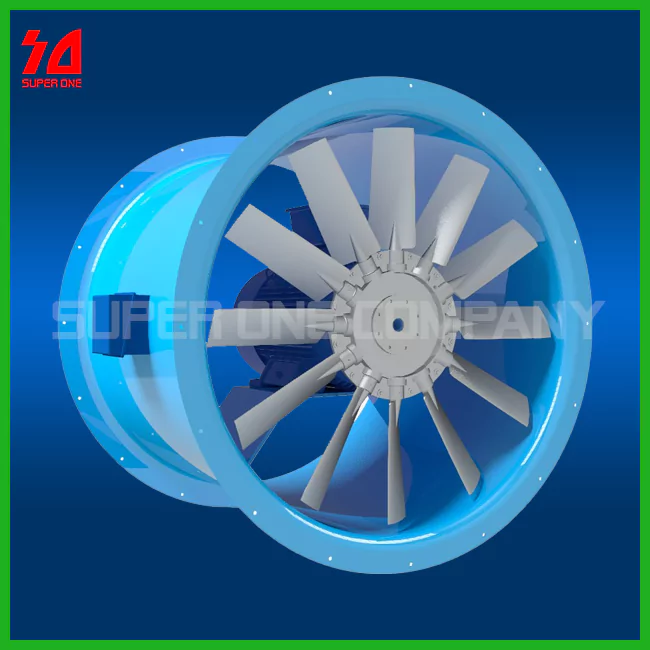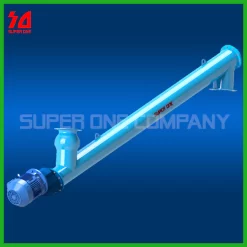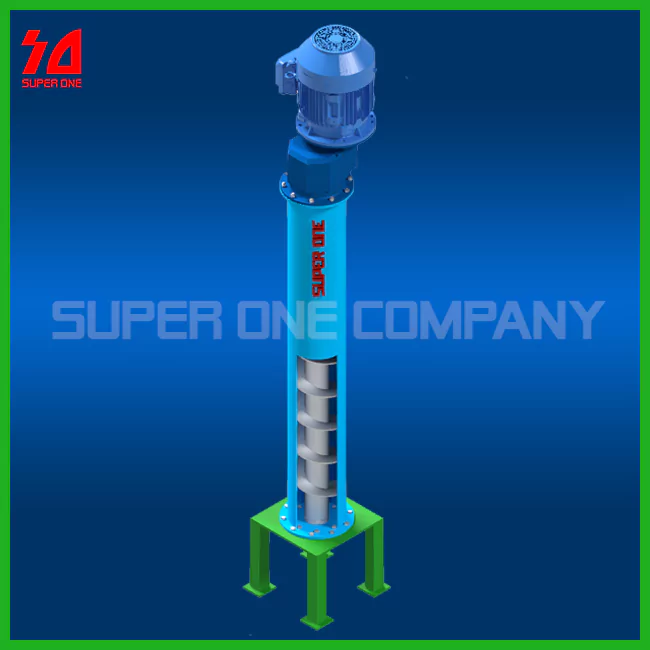Specifications
- Screw diameter: 100 mm to 500 mm
- Screw shaft length: As required
- Screw pitch: 0.5, 0.75, 1, 1.5, 2 × D (diameter)
- Screw flight thickness: 5–20 mm
- Rotational speed: 10–200 rpm
- Power: Depending on material and size, from 1.5–22 kW
- Material: Carbon steel, heat-resistant steel, stainless steel, etc.
What is a Vertical Screw Conveyor?
A vertical screw conveyor, also known as a vertical screw feeder, is a device used to move various materials in a vertical direction.
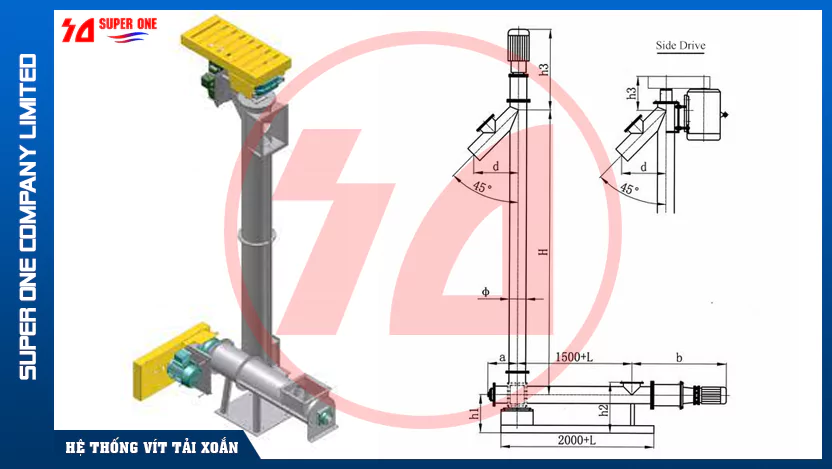
How does a vertical screw conveyor work?
The working principle of a vertical screw conveyor is based on the friction between the screw shaft and the materials.
When the screw shaft rotates, the materials are pulled along the rotation of the screw shaft, creating vertical movement.
The lifting speed and capacity of the screw conveyor depend on the screw pitch and the number of revolutions of the screw shaft.
Basic structure of a vertical screw conveyor?
A vertical screw conveyor consists of the following main parts:
-
Screw shaft: The main component for attaching screw flights.
-
Screw trough: The part that holds and guides the material.
-
Screw flights: The parts used to move materials.
-
Motor: The device that generates rotational force for the shaft and screw flights to move materials.
-
Feeding hopper: The component that holds materials and directs them into the casing or trough.

Applications of vertical screw conveyors?
The application range of vertical screw conveyors is very wide, covering industries such as:
-
Food industry
-
Pharmaceutical industry
-
Chemical industry
-
Construction industry
-
Agriculture
In short, screw conveyors can handle various types of materials, even those with high viscosity.
Why choose a vertical screw conveyor?
Vertical screw conveyors have many advantages over other types of equipment, such as:
-
Efficiently lift and convey bulk materials.
-
High efficiency and energy-saving.
-
Long service life with minimal breakdowns.
-
Simple structure, easy installation, and maintenance.
-
Compact design, space-saving.
In conclusion, vertical screw conveyors are cost-effective, easy to use, and highly versatile, capable of conveying a wide range of bulk materials.
See more common issues with screw conveyors
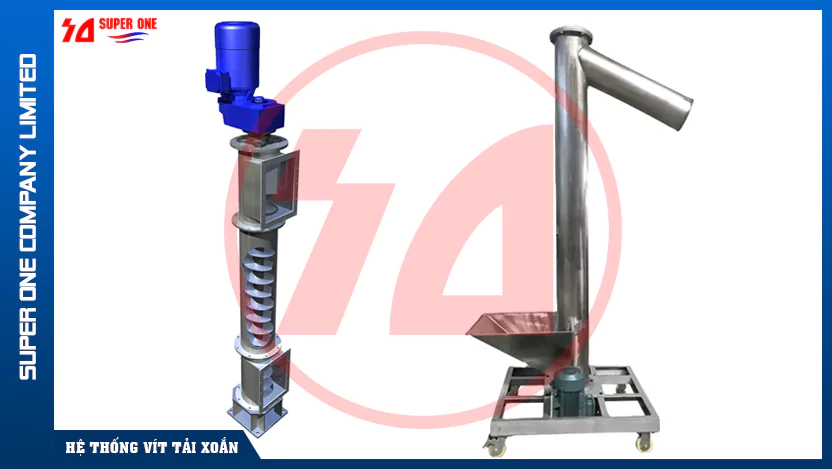
Features and specifications?
The technical specifications of a vertical screw conveyor depend on the requirements of each specific application. Below are the general specifications:
-
Screw diameter: from 100 mm to 500 mm
-
Screw shaft length: up to 10 m
-
Screw pitch: from 0.5D, 0.75D, 1D, 1.5D, 2D
-
Screw flight thickness: 5–20 mm
-
Power: depending on material and size, from 1.5–30 kW
-
Operating angle: 90°
-
Material: carbon steel, heat-resistant steel, stainless steel, etc.
Learn more about other types of screw conveyors
Here are some popular screw conveyor types commonly used in various industries:
👉 Tubular screw conveyor: Screw conveyor with a closed round tube design.
👉 Mini screw conveyor: Small-sized screw conveyor with adjustable flow rate.
👉 Horizontal screw conveyor: Used for horizontal transport parallel to the ground.
👉 Mixing screw conveyor: Used to blend materials together.
👉 Shaftless screw conveyor: No central shaft, suitable for conveying high-viscosity materials.
👉 Trough screw conveyor: Screw conveyor with a U-shaped or V-shaped trough.
👉 Inclined screw conveyor: Used to transport materials at an inclined angle.

Cách tính toán thiết kế vít tải đứng chính xác
Để tính toán kích thước và công suất của vít tải đứng, quý khách cần xem xét nhiều yếu tố và thực hiện các bước tính toán sau:
How to accurately design a vertical screw conveyor
To determine the size and capacity of a vertical screw conveyor, you need to consider multiple factors and perform the following calculations:
Determine input parameters:
-
Material flow rate (Q): Mass of material (t/h or m³/h).
-
Material bulk density (ρ): Mass per unit volume (t/m³).
-
Conveyor inclination angle (α): Angle between the screw shaft and the horizontal.
-
Friction coefficient between material and trough (μ): Determines the level of friction.
-
Screw conveyor efficiency (η): Usually between 0.8 – 0.95, depending on material and operating conditions.
-
Screw shaft speed (n): Revolutions per minute (rpm).
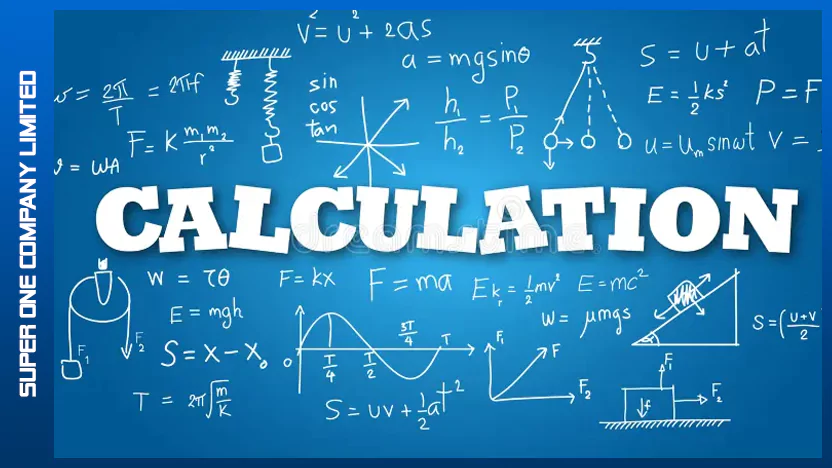
Design calculations
-
Screw diameter (D):
Formula: D = √(4Q / (π × ρ × n × η × sinα)) -
Screw pitch (S):
Usually between 0.8D and 1.2D. -
Screw length (L):
L = H / sinα (H = lifting height). -
Motor power (P):
P = (Q × ρ × g × H) / (3600 × η)
Note:
These formulas are for basic calculations. In practice, you should consider material properties, operating conditions, and specific technical requirements for precise sizing and power calculation. It is recommended to consult technical manuals or experts for accurate results.
Contact Super One
Super One is a highly reputable company in designing and manufacturing various types of screw conveyors. With many years of experience, we are committed to providing high-quality products with diverse sizes and materials to meet all customer needs.
For more details on pricing and designs for vertical screw conveyors and related products, please contact us for consultation, design drafting, and a quick quotation.

Related products
Screw conveyors
Screw conveyors
Screw conveyors
Screw conveyors
Screw conveyors
Screw conveyors
Screw conveyors
Screw conveyors




